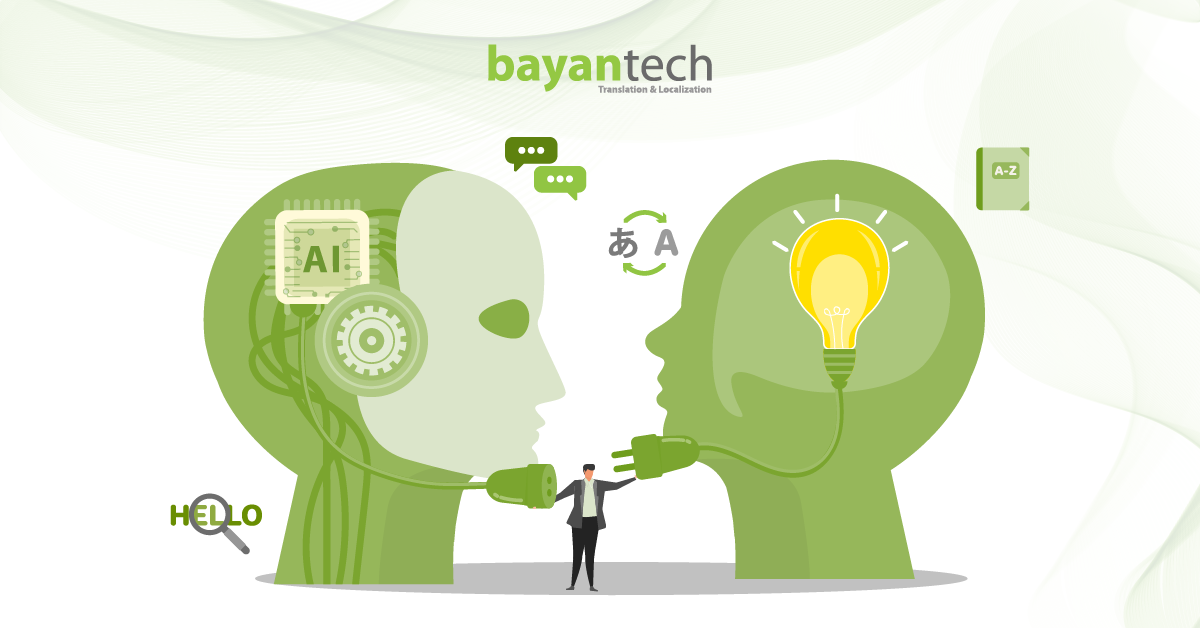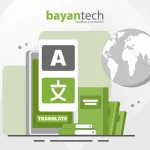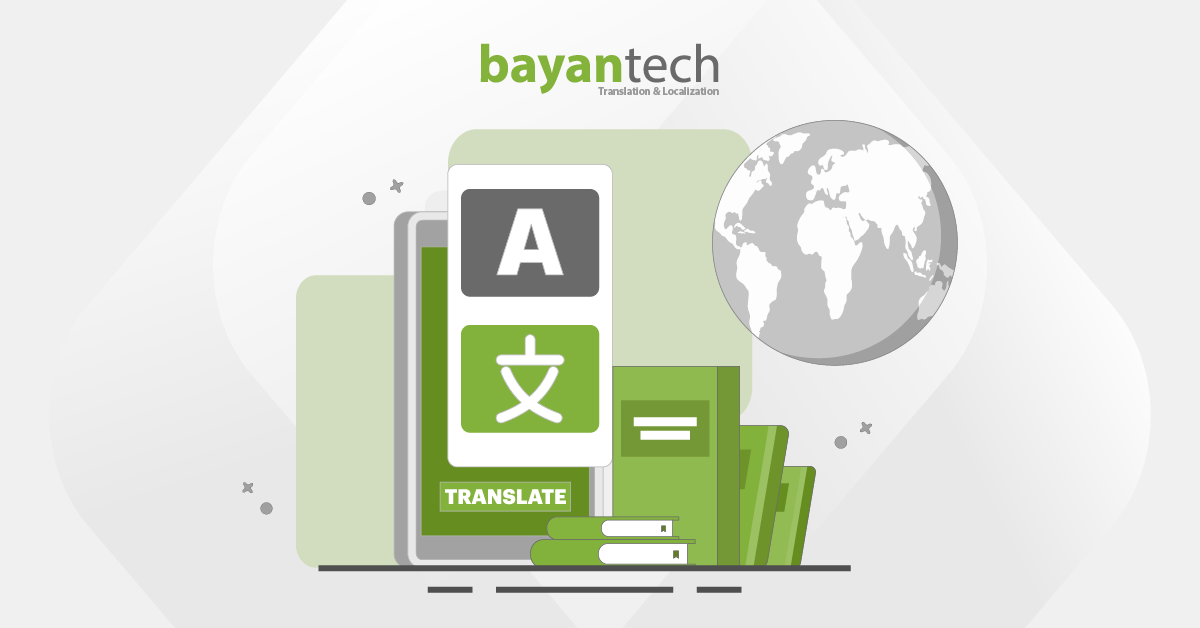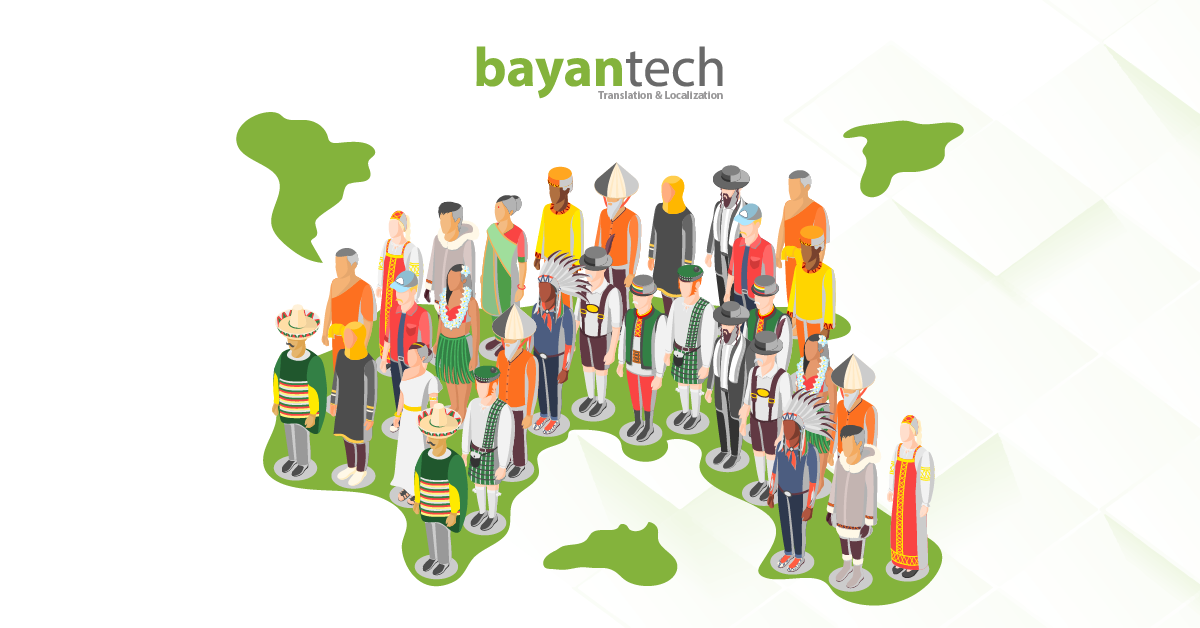Machine translation has long had a bad reputation. In the past, it often produced inaccurate results that were so off the mark, they became the subject of Internet memes.
But technology has come a long way. With the rise of AI, machine translation has grown much smarter, now delivering results that are increasingly accurate and almost human-like.
Still, human translation reigns supreme. It remains the most reliable way to ensure translation accuracy and deliver culturally sensitive, nuanced content.
In this blog, we’ll take a closer look at these two approaches—machine translation vs human translation—and help you decide which is best suited for your project.
Breaking Down Translation Methods
Machine translation tools like Google Translate and DeepL work by decoding sentences in the source language, processing or “understanding” them, and then generating their equivalent in the target language.
This technology has come a long way. The once awkward and often nonsensical outputs of early machine translation have become more coherent with the introduction of neural machine translation, which relies on contextual understanding to produce more accurate results.
The growth of the machine translation market reflects this technological leap. The MT market was valued at USD 982.2 million and is projected to reach USD 7.5 billion by 2032. As of June 2020, machine translation providers had added over 2,000 language pairs, expanding multilingual accessibility on a global scale.
A 2020 report by Intento highlighted Amazon as one of the top-performing MT providers, offering translation outputs that came surprisingly close to human quality. The report aligned with a surge in online business activity during the COVID-19 lockdowns, when global companies leaned heavily on MT for fast, scalable content delivery.
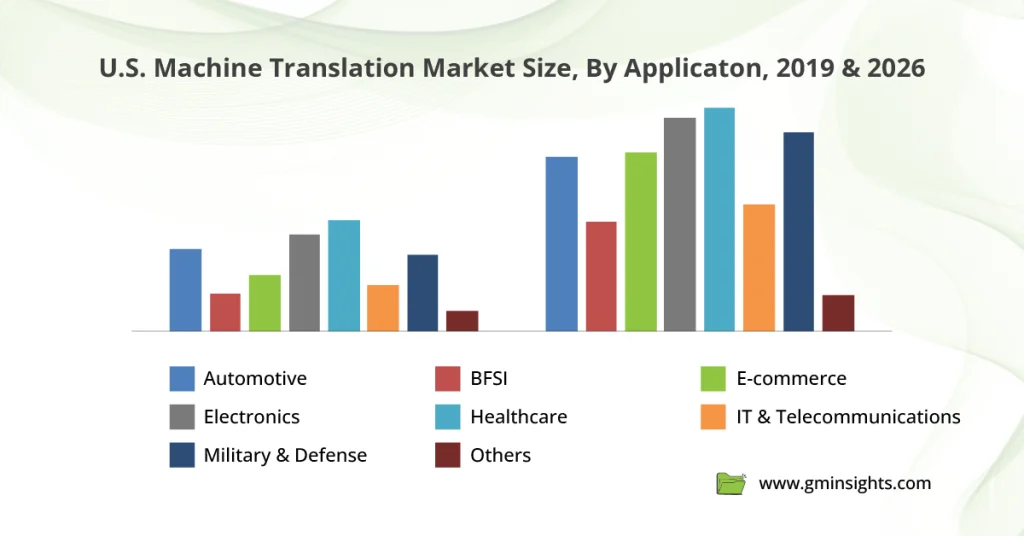
Human translation, the oldest method in history, stands out for its quality. Unlike machines, human translators can capture cultural nuances, tone, and subtle meaning.
Take idiomatic expression translation for example. Phrases like “break a leg” often confuse machine translation systems, which typically render them literally and miss the intended meaning.
That said, machine translation far surpasses humans in translation speed. It can process up to 10,000 words per hour, while a human translator typically handles only 500 to 1,000 words per hour.
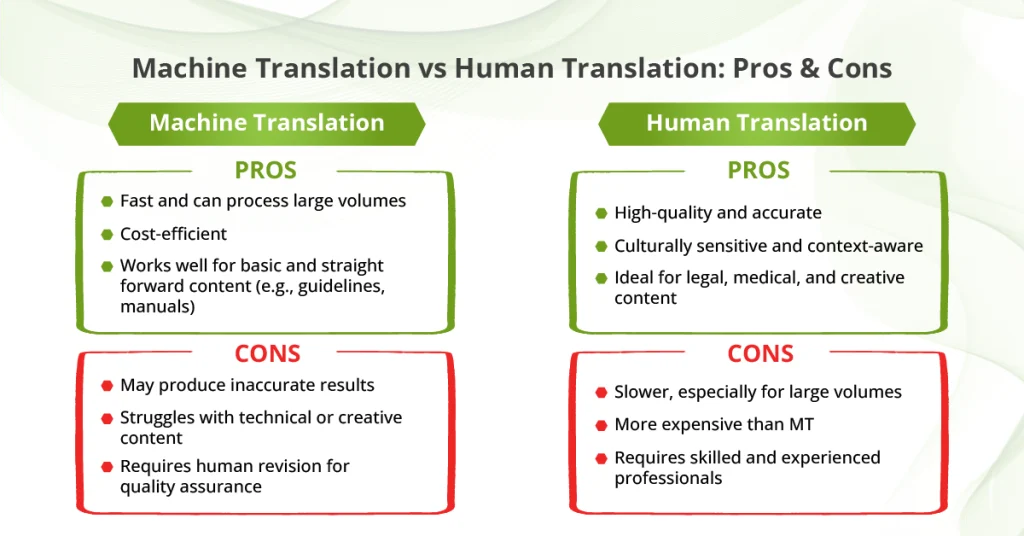
Machine Translation vs Human Translation: Pros & Cons
| MACHINE TRANSLATION 🤖 | HUMAN TRANSLATION 👱🏼♂️ |
| Pros: ✔️ Fast and can process large volumes ✔️ Cost-efficient ✔️ Works well for basic and straightforward content (e.g., guidelines, manuals) Cons: ❌ May produce inaccurate results ❌ Struggles with technical or creative content ❌ Requires human revision for quality assurance | Pros: ✔️ High-quality and accurate ✔️ Culturally sensitive and context-aware ✔️ Ideal for legal, medical, and creative content Cons: ❌ Slower, especially for large volumes ❌ More expensive than MT ❌ Requires skilled and experienced professionals |
Language Pair Complexity Matters
Another important factor to keep in mind is the complexity of language pairs. Machine translation tends to perform better with widely spoken, structurally similar languages, like English and Spanish.
But when it comes to linguistically distant pairs, like English and Arabic or Japanese, machine translation often falls short. That’s where human translators shine, as they can grasp grammar intricacies, contextual meanings, and cultural cues that machines can easily miss.
When to Choose Machine Translation
- High-volume, simple content (e.g., manuals, product descriptions)
- First drafts for post-editing in budget-limited projects
- Automated chat support
- Internal documents for quick understanding
- Bulk keyword research (with human checks)
When Human Expertise Is a Must
- Creative text adaptation for marketing, film, and branding
- Technical or sensitive texts (legal, medical, financial)
- Content with cultural nuance (humor, idioms, tone)
- Live interpretation (courtrooms, medical, diplomatic settings)
- Literary translation (books, poetry, essays)
- High-stakes materials (contracts, patents, compliance)
- Brand-critical or trust-sensitive communication
Quality Control and Risk Management
When working with sensitive or high-stakes content, such as compliance documents, healthcare materials, or contracts, quality control becomes non-negotiable. Machine translation, even when post-edited in this case, can sometimes miss critical nuances or misinterpret regulatory terminology.
In contrast, human translators with domain-specific expertise not only ensure accuracy but also help mitigate the risks of miscommunication or legal issues, which could otherwise lead to costly consequences for your brand.
Hybrid Models: The Best of Both Worlds
Does machine translation really have to compete with human translation? Not necessarily. In fact, combining the strengths of both can result in a highly effective and efficient workflow.
This hybrid approach, often referred to as machine translation post-editing (MTPE), is becoming the go-to model for many global businesses. It starts with machine translation to handle large volumes quickly and cost-effectively, followed by professional human editors who refine the output to ensure accuracy, consistency, and cultural appropriateness.
MTPE offers a compelling middle ground. When machine translation provides a solid base, translators typically charge only 50% to 70% of their standard rates for post-editing, according to a ProZ survey. This makes it ideal for projects with tight budgets, short timelines, or repetitive content.
Many organizations now rely on hybrid workflows: using machine translation services for internal documents or initial drafts, then engaging human linguists to polish content that is public-facing, technical, or brand-sensitive.
Scalability Without Compromising Quality
With 65% of consumers preferring to view content in their own language, the need for multilingual content is growing rapidly, especially for global businesses operating in multiple markets. Machine translation allows for instant scalability, but quality can suffer without oversight.
The solution? A translation partner who offers scalable workflows that combine automation with human review. This ensures you can grow your content pipeline without sacrificing the clarity, tone, or impact of your message across languages.
4 Steps to Build Your Translation Strategy
- Audit Your Content: Identify the types, purpose, and audience of your content to determine translation needs.
- Define the Right Mix: Decide which content is best suited for machine translation (e.g., FAQs, internal docs) and which requires human translation (e.g., marketing, legal, or brand-critical materials).
- Equip Your Team: Ensure human translators work with CAT tools and a Translation Management System (TMS) to boost consistency and efficiency.
- Final Review & QA: Apply quality checks and copyediting for both MT and HT outputs, especially for content published externally.
Choosing the Right Translation Partner Makes the Difference
At the end of the day, choosing the right translation method isn’t just a technical decision—it’s a strategic one.
Whether you’re looking to scale fast with MT, ensure cultural accuracy with human translation, or strike the perfect balance through a hybrid model, our team at bayantech is here to help.
As a trusted provider of professional translation services, we deliver high-quality, culturally aware translations that support your global goals. Contact us now to start your translation project!

